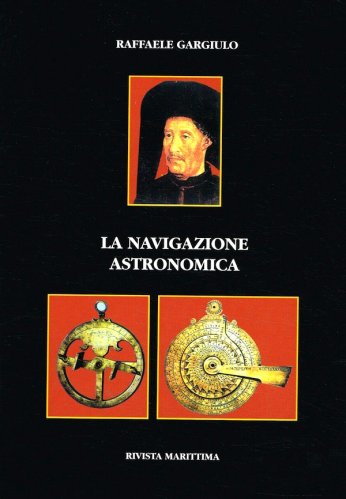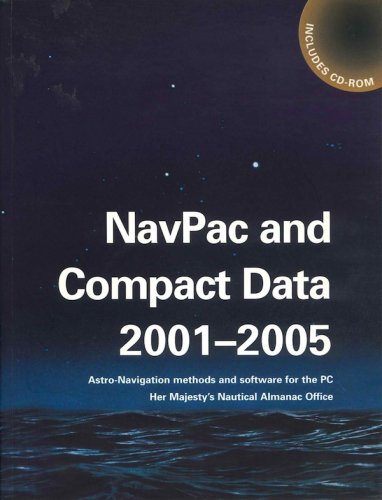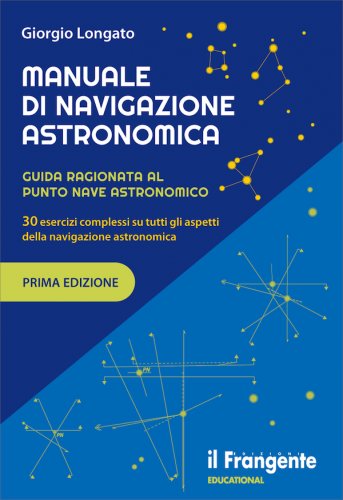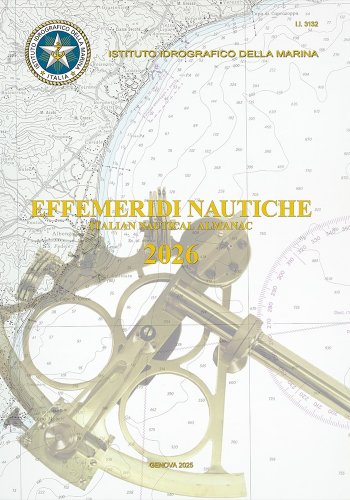How to use plastic sextants
with applications to metal sextants and review of sextant piloting
How to use plastic sextants
with applications to metal sextants and review of sextant piloting
- Disponibile in 7 giorni
- Possibilità di reso entro 10 giorni lavorativi
- Transazione sicura con carta di credito, Paypal o bonifico bancario
- Spedizione tracciata con SDA
Sextants are used to measure angular heights of celestial bodies above the horizon to find the latitude and longitude of the observer. They can also be used on land with artificial horizons. Sextants can also be used to find the correct Universal Time by measuring the angular distance between the moon and another body along its path across the zodiac. In coastal waters or on land, sextants can be used for very accurate piloting by measuring the horizontal angles between charted landmarks. The vertical angle of a peak above its baseline determines the distance to it, which, combined with a compass bearing, yields a position fix from just one landmark. The angular dip of an object (island or vessel) below the visible horizon can also be used to determine the distance to it. This booklet explains how to get the best results from plastic sextants, and presents numerical comparisons with similar data from metal sextants. Sextant piloting techniques are also reviewed as they are an ideal use of a plastic sextant.





